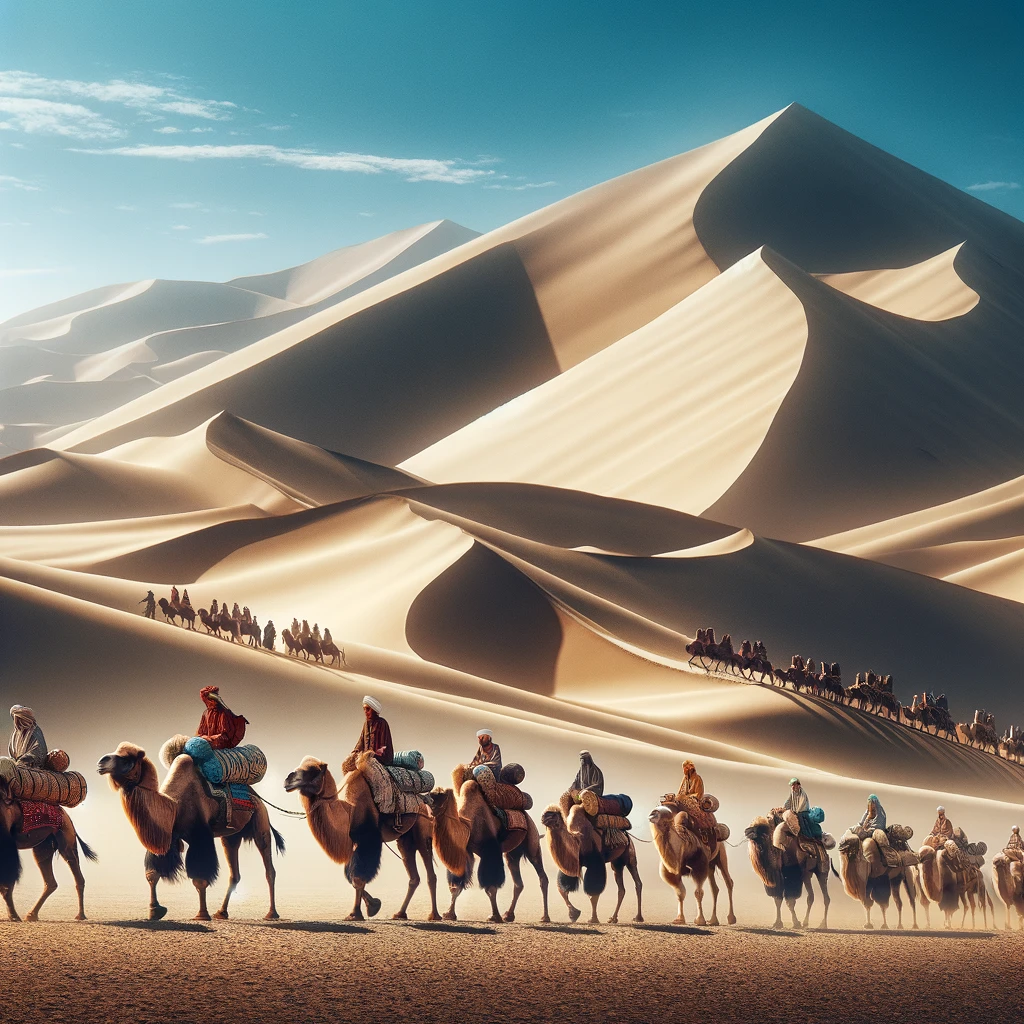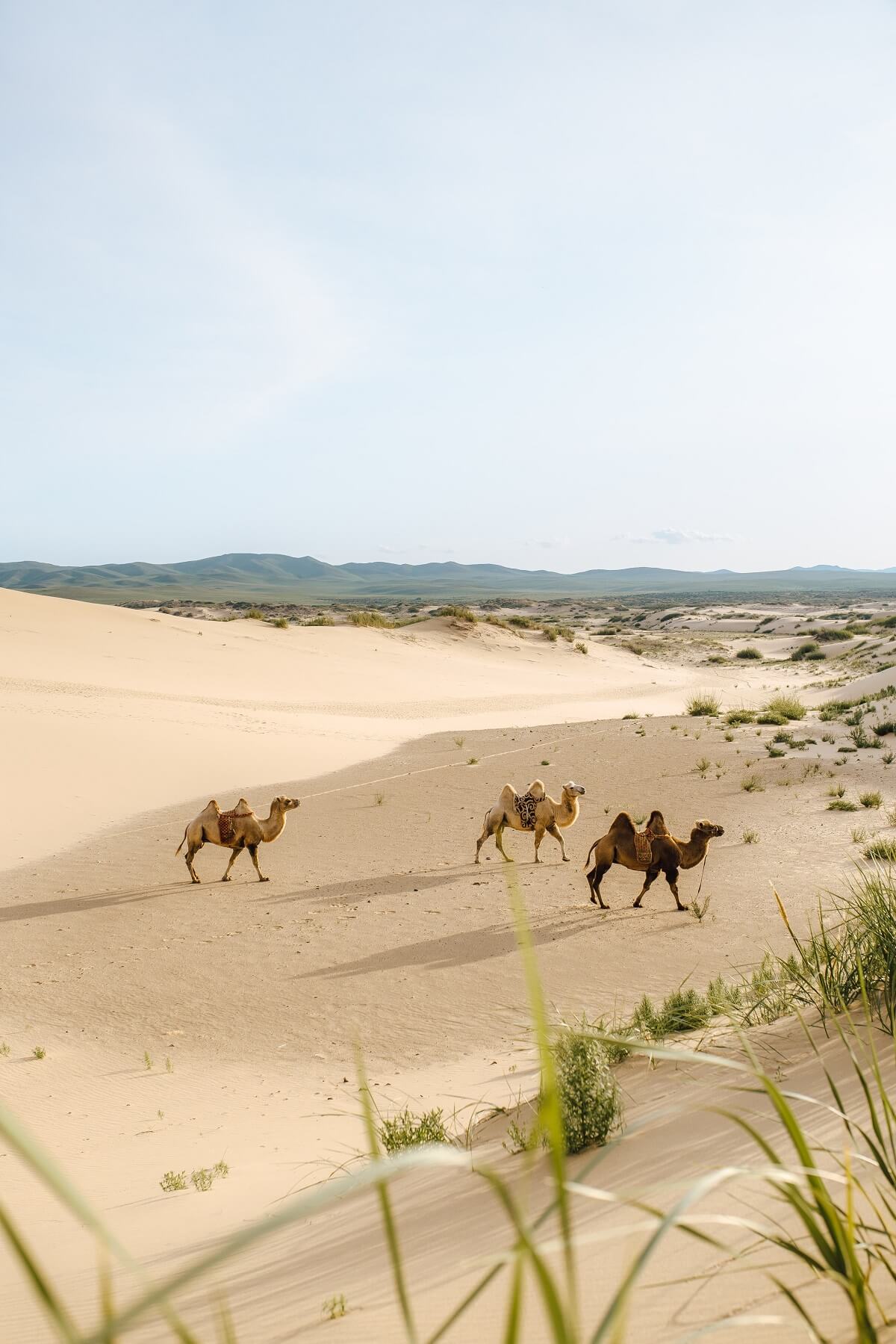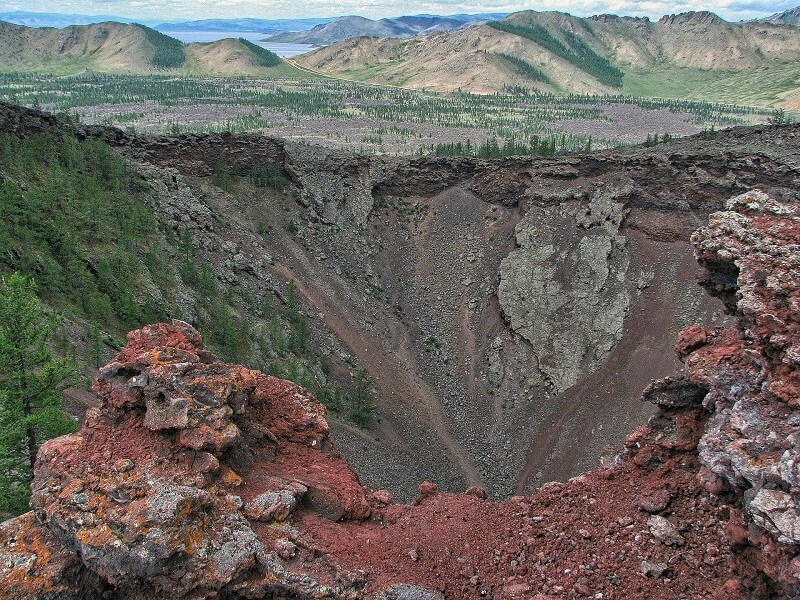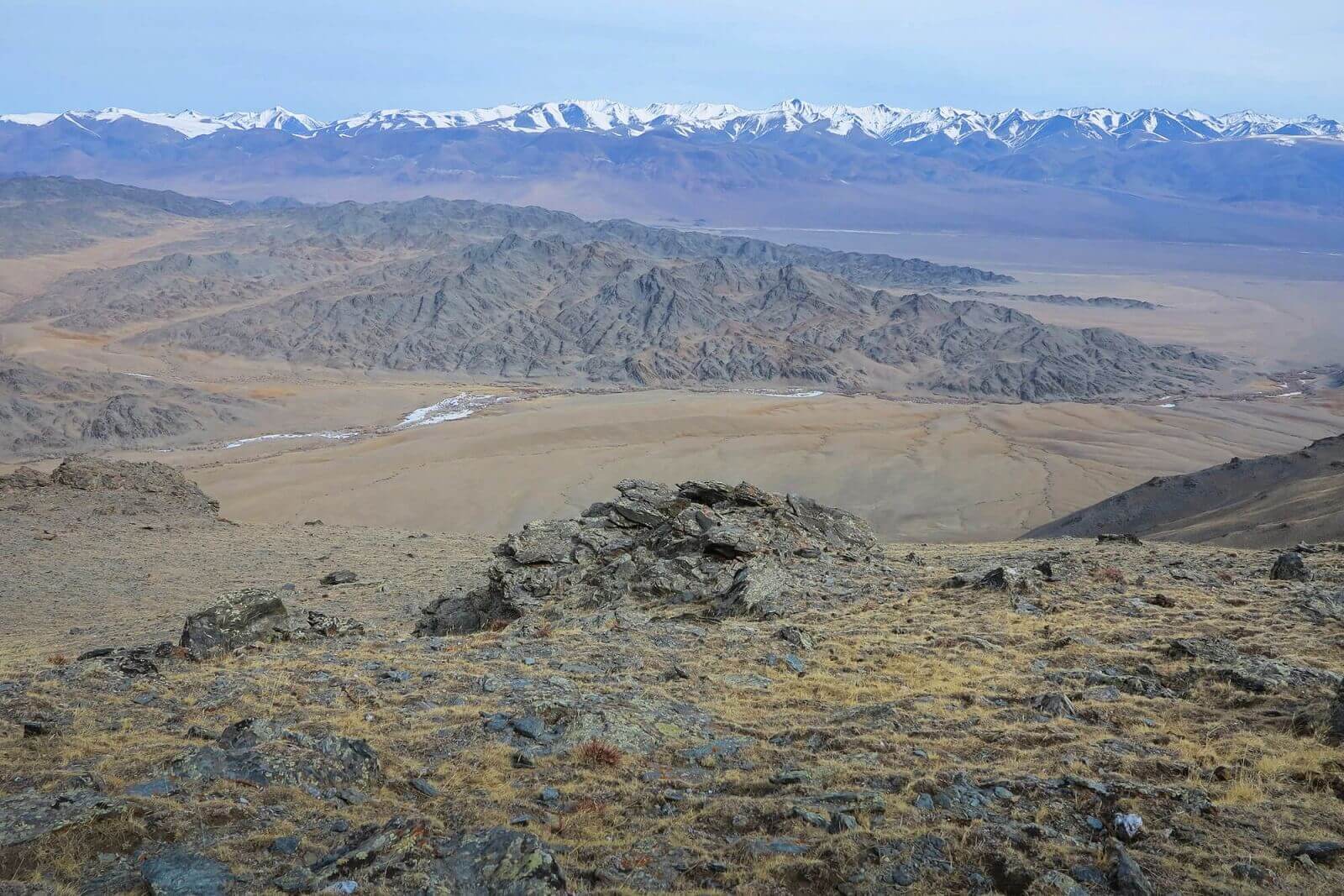Deer stones (also known as reindeer stones) are an incredible archaeological find in Mongolia, with the oldest of these mysterious rocks estimated to be anywhere between 5000 and 7000 years old. Deer stones are large, round stones with carved depictions of deer that can be found throughout Mongolia’s central and eastern provinces.
The stones have received the name deer stones from the deer patterns engraved on them. If you look at the long east-facing side of the stone, you’ll see pictures that resemble images of flying deer with long horns.
The posture of these drawings (the head facing upwards and the body in a position that seems to be reaching for the sky) makes it appear as though they are leaping into the air. There are many theories to the reasons behind their existence and the people who made them. But first let’s take a look at the Deer Stones themselves.
What is Deer Stone?
The name “deer stone” is inspired by the detailed deer illustrations found on these stones. Deer stones are large, flat pieces of granite with four sides. On three of these surfaces, you’ll find an engraving of a human-like figure that’s been split into a “face”, “torso”, and “lower body” sections.
Imagery
Superimposed animal images, such as deer, horses and ibexes are classically depicted in extraordinary abstract style on the face part of the statue. In many cases though, these animals appear in a rougher state than others. Other common decorations include symbols of sun and moon, earrings, weapons and horse riders which can be found on the lower body section.

They were created using a combination of different art techniques and researchers believe they were dedicated to leaders and great warriors of a tribe. On the bodies of the deer stones there are engravings of various types of weapons such as daggers, grindstones, mattocks, bows with cases, spears, shields and mirrors as well as belts with decorative patterns.
Size
Deer stones are statues that range from 1-4 meters in height, 20-40 cm in thickness, and 30-80 cm in width. The stones might have had their tops deliberately destroyed, as they are often found flat, round or smashed. They typically orient with the decorated face eastward.
Why “Deer” stones?
The deer stone statues originated in the middle of the Bronze Age from central Mongolia and then, during early Iron Age, spread throughout that country into some parts Europe and Asia. The first known research on these stones occurred over 100 years ago; since then, approximately 1200 have been discovered.
Deer stones are often found in close proximity to other fascinating monuments called khirgisuur, as well as with slab burials and petroglyphs. This creates a complex site that is rich with history. The Bronze Age funeral practices, sacrificial rituals, and ideology represented through deer stones were once widespread among ancient nomads.
Numerous studies by scientists and archaeologists show that the deer drawings on the ancient Mongol stones represent a journey from life to death.
In fact, according to nomadic and shamanism beliefs, deer help carry the dead into the afterlife (as shown by how they are drawn standing up with their legs in an ascending position)and protect them while they travel through dangerous roads towards the other world. This idea is supported additional evidence found near dolmens in the form of tombs.
Types of Deer Stones
Classic Mongolian
The stones typically feature a belted warrior with a rather elegant flying red deer on his torso. These are most common in southern Siberia and northern Mongolia, which leads one to believe that this is where the traditions surrounding these stone began. Over time, other artists have both simplified and elaborated upon these original designs.
West Asian-European
The stones have a central area that’s divided into sections by two “belts”, which are horizontal lines. There are also “earring hoops”, large circles, diagonal slashes in groups of two or three called “faces”, and finally, “necklaces”. These are stone pits that look like necklaces when they’re collected together.
Sayan-Altai
The Sayan-Altai stones have both West Asian and European markings, which include free-floating animals with straight legs, as well as daggers and other tools. The number of deer motifs has decreased significantly, and those that do appear often don’t emphasize the relationship between flying and reindeer. There are two types of Sayan-Altai stones:
- The Gorno-Altai stones feature simple warrior motifs, displaying tools in the belt region of the stone. Fewer reindeer motifs are present.
- The Sayan-Tuva stones share many similarities with the Gorno-Altai, but contain fewer images of animals. Deer motifs are completely absent. The artistic style is much more simplistic, and often consists of only belts, necklaces earrings and faces.
Deer Stone Project
The Mongolia-Smithsonian Deer Stone project is a way for the scientific community to help protect and preserve the endangered archaeological and modern cultural heritage in Mongolia.
By working with local communities and scholars, they are able to document Bronze Age deer stones as well as study the cultural history of reindeer herding Dukha communities who live in northern Mongolia (commonly known as Tsaatan).
Not only does this benefit archaeology, but it also allows them to monitor how global climate change threatens both archaeological sites like these and ancient ways of life.
Today, the project is based in Ulaanbaatar and they are working with colleagues to compile research and documentation into a new catalogue of Mongolian cultural heritage. This will include information from archaeological sites, ethnobotanical field reports, digital images of stones—including hundreds of 3D scans—and site surveys.
The aim is to create a database which can be used by everyone as a resource for combatting trafficking in cultural heritage items, and also for preserving deer stones and Tsaatan culture long-term.
Hello. My name is Anujin. I was born and raised in Ulaanbaatar, the capital city of Mongolia. I am senior writer at CorrectMongolia, where I share the culture , tradition of my country.
If you have questions about Mongolia, don’t hesitate to ask. I’ll be happy to help in any way that I can!
Related Tour:
Gobi Desert Tour & Travel 7 days 8 nights
Related Content:
Share to Public:

















